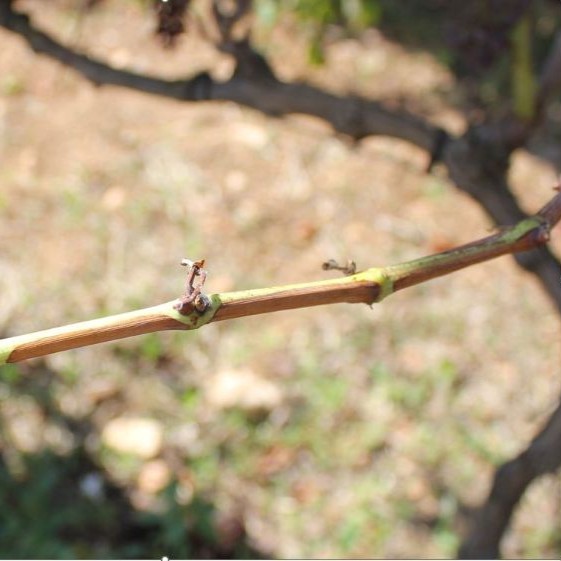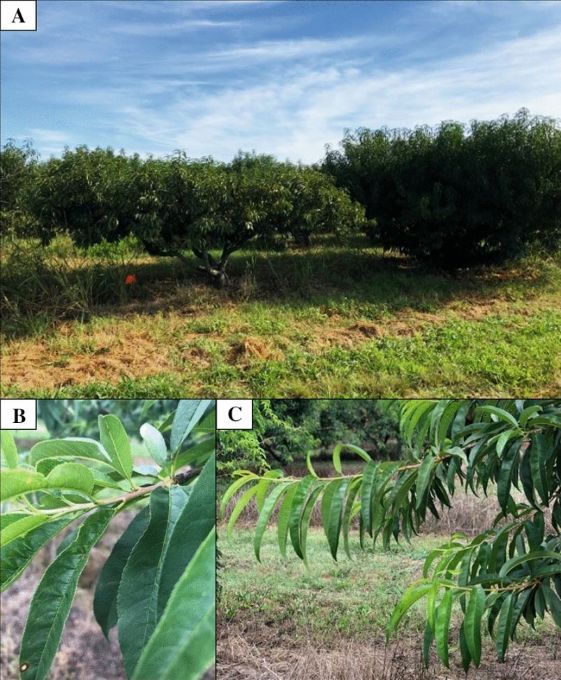Xylella fastidiosa has many names
This bacterium can infect many host plants and the disease can have different names depending on the host. Examples of common names for this disease that might affect plants and trees in nurseries are olive quick decline syndrome and phony peach disease.
How it harms plants
Xylella fastidiosa multiplies in the water transport system in plants, blocking and damaging it. This impairs water movement within the plant, causing leaf scorching and wilting.
Symptoms can vary between hosts and in some cases, plants may have no symptoms (asymptomatic). It is important to keep in mind that symptoms can be confused with water stress, nutrient deficiencies, frost and herbicide damage.
Signs to look for in nurseries
Detecting Xylella fastidiosa symptoms in a nursery involves closely monitoring plants for specific signs of infection.
Key symptoms to look out for are:
- leaf scorch, where leaves may show marginal browning or scorching starting at the tips
- leaf chlorosis, involving yellowing of the leaves particularly between the veins
- stunted growth, wilting and dieback that may only involve one branch
- premature leaf drop
- the production of smaller, harder fruits that may shrivel or drop early.











